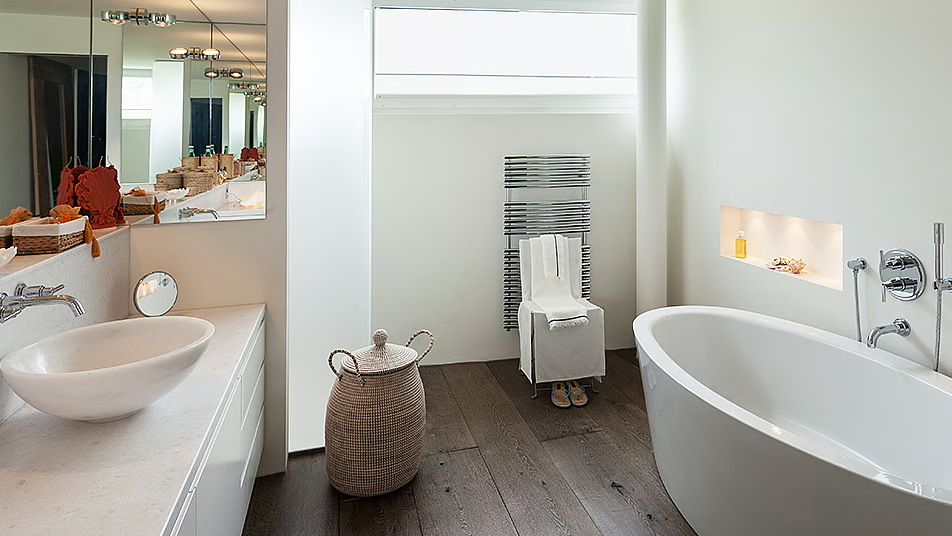How Does Granite Differ from Other Stone Types?
Granite: granite is a natural stone that is formed by cooling lava and is highly durable and has the most unique appearance because every slab is different from the other. Since granite is a natural material, there are variations in appearance that should be understood prior to selecting color and pattern for your countertop and how it will affect the overall visual.
Assessing granite colors and patterns
The first consideration in choosing the perfect granite is color and how it fits with the overall design theme of your kitchen. You can find granite in deep blacks and blues, rich browns, vibrant reds, subtle beiges, etc. Different colors can bring different feelings and match with different cabinet styles as well as the wall colors:
Deep, almost impermeable colors such as Absolute Black or Uba Tuba provide sharp sophistication if the rest of the kitchen's composition is paneled with light colors.
Reminiscences: Alaska White, (or) Colonial Cream, they come off as light, they keep the sense of space open and airy — If you have a small or a dimly lit kitchen space.
Granites vary from tiny speckled to large marbled patterns. Whether you prefer your countertop to be a centrepiece or a part of the decor would understand what a pattern to opt for.
Considering Granite Finish
The way the granite is finished can greatly change the appearance and usefulness of the slab. The most common finishes are:
Polished– This finish gives the stone a smooth, mirror-like surface which highlights the colors and grains of the material. It's also the most stain-resistant but makes countertops slippery.
Honed: When matte would be the best description of the finished product, honed granite is as close as you can get to making it softer and look more natural. A honed finish has some shine, but is much less reflective than polished stone, and never has glare (except from lighting or moisture). It also hide some smudging such as fingerprints and water spots quite nicely, but you can very often see the residue of something brought into contact with the stone.
Leathered- Leathered slabs maintain the stone's natural color while also having a textured surface, making it resistant to fingerprints and smudges.
Assessing Slab Quality
If you know that you want granite, it's best to view the whole slab in person if possible. This also gives you an accurate representation of the color and pattern variation, and finds any defects like cracks or pits that could affect the strength of the slab. Because there is a wide array of quality within each slab, you must must see it, or at least a sample of the same color and pattern, before you buy.

Sustainability and Sourcing
Also considering where and how different types of granite are sourced can make a difference, if you are concerned about the environmental effects of quarrying. Choose suppliers that engage in ethical quarrying, and source and transport slabs in a more environmentally friendly manner.
Installation and Maintenance
As you select your granite, think about the ease of installation and the maintenance that it will be sure to need. Lighter colors in particular may need much more frequent sealing to prevent staining as some granites are more resistant than others. If you are not prepared for the weight of granite and the special adjustments for the fitting discuss this with the supplier before you decide on purchasing this expensive top to fit into your kitchen.
Granite para encimera offers a comprehensive advice on selecting the best granite countertops and caring for them in more detail too in addition to jumps under multiple options of granite.visit granito para encimera.
Selecting the right granite for your countertop goes beyond simply choosing a color and pattern; it involves considering your kitchen's style, the stone's finish and its maintenance requirements. If you know these factors, you can choose a granite countertop that will make your kitchen look stunning and that will also last and work perfectly.